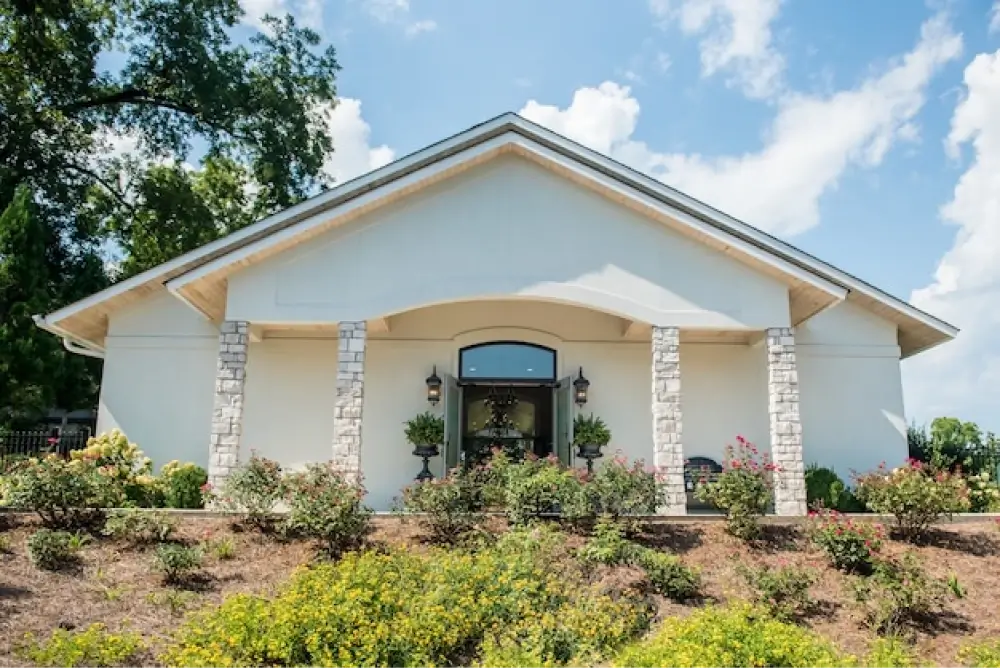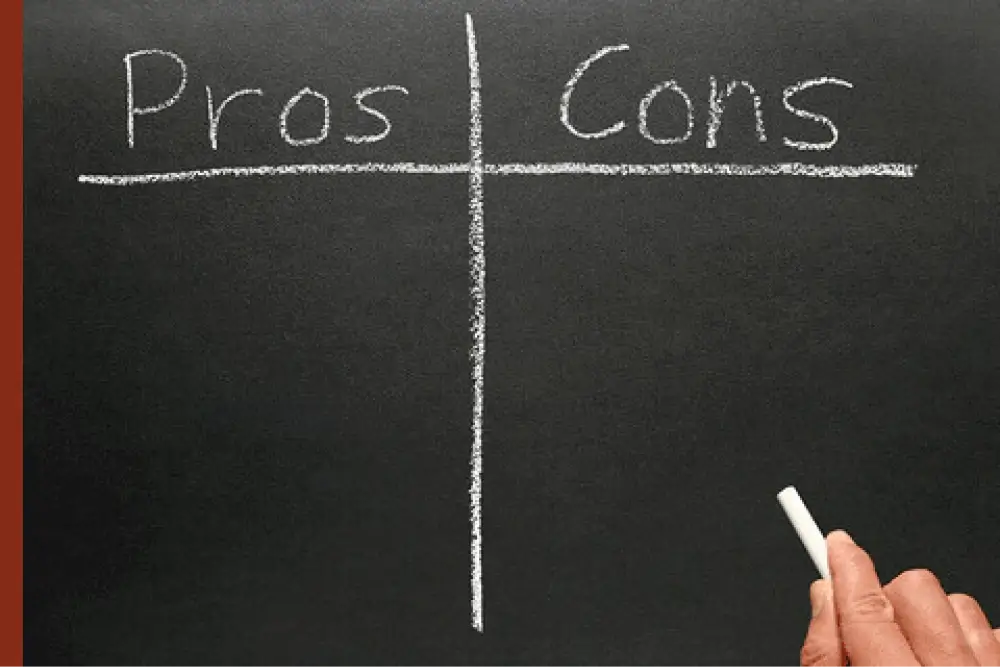Is Building a Home in 2024 Worth It?
Introduction
Are you considering building your dream home in 2024? The idea of creating a space that perfectly suits your needs and preferences is undoubtedly enticing. However, before embarking on this exciting journey, it’s essential to evaluate whether building a house in 2024 is worth it. The construction industry along with the National Association of Home Builders has experienced significant challenges in recent years, including soaring costs and supply chain issues and disruptions. In this article, we’ll take a candid look at housing market predictions, the factors influencing building expenses, and explore whether the housing market in 2024 holds promise for prospective homeowners.
Understanding the High Construction Costs
comprehend the current state of construction fees, we must first explore the reasons behind their substantial increase. The COVID-19 pandemic played a significant role in driving up construction expenses. Factory closures and supply chain disruptions limited the availability of construction materials, resulting in higher prices for steel, lumber, and concrete. Additionally, labor supply shortages, housing recession, and fluctuations in interest rates have further impacted costs.

The Cost of Construction Materials in 2024
If you’ve recently received a quote from a home builder or visited a local store, you may have been taken aback by the steep cost of construction materials. The prices of essential materials have surged, with an average increase of 19%. While some material prices have started to dip slightly as supply chains recover, costs remain significantly higher compared to pre-pandemic levels. Industry experts predict that construction material prices will remain elevated throughout 2024 and even beyond. This projection suggests that building a budget-friendly home could be a real challenge in the coming year.
The Impact of Labor Supply on Construction Costs
The availability of skilled labor is essential for construction projects in the housing market. However, the industry is currently facing a labor shortage in many markets, which is expected to persist in the coming years. According to the CBRE Construction Cost Index, over one-fifth of construction workers are aged 55 and above. As these workers retire, the labor pool is expected to shrink further unless efforts are made to attract and train new talent. The scarcity of skilled workers can drive up the cost of construction, as contractors may need to pay higher wages to attract the limited available workforce.

The Influence of Interest Rates on Construction Fees
Interest rates play a crucial role in the housing market and can impact construction expenditures. In July 2023, the U.S. Federal Reserve raised interest rates, and there is a possibility of further increases in 2024. Higher mortgage interest ratescan lead to a slowdown in the housing market, affecting home sales and the ability of prospective homeowners to borrow money for construction projects. This, coupled with the already high construction material prices, can make building a house more challenging in a long term investment interms of affordability.
The Rise of Remote Work and Its Effect on Construction Demand
The COVID-19 pandemic led to a significant shift toward remote work arrangements. While many companies have returned to office-based operations, remote work remains a popular choice for employees. Individuals who plan to continue working remotely may consider building a new home or renovating their existing home space to accommodate a home office. The high demand for new builds tailored to remote workers, coupled with limited labor supply and escalating material costs, may further drive up construction expenses and mortgage interest rates.
The Potential Benefit of Smaller Starter Homes
In recent years, the rising prices of homes have made homeownership increasingly unaffordable for many would-be buyers and first-time buyers. The national average price for a single-family home in 2022 was $540,000. To address this affordability crisis, builders are planning to focus on constructing modest starter homes on smaller lots in 2024. By using more affordable materials and opting for cost-effective design choices, builders aim to provide more accessible options for low- and high-income home buyers alike. This approach may help alleviate some new home construction cost burdens and drive down prices for luxury materials used in higher-end houses.
Mortgage Rates
In 2024, mortgage rates are expected to significantly impact the housing market, influencing both home building costs and buyer affordability. As mortgage rates fluctuate, they directly affect the cost of borrowing, thus playing a critical role in determining the demand for new homes and the feasibility of construction projects. Prospective homeowners are particularly sensitive to changes in mortgage rates, as even slight variations can substantially alter monthly payments. Consequently, keeping an eye on mortgage rates is crucial for anyone involved in the real estate market, from home builders to buyers, as these rates dictate the overall health and accessibility of today’s housing market.

Home Prices
In 2024, home prices are a significant consideration for both builders and buyers, indicating broader economic and market trends. The fluctuation in home prices affects project costs, housing inventory, buyer demand, and investment strategies. As home prices adjust, they reflect changes in the housing supply, demand, construction expenses, and financing costs. Monitoring home prices is crucial for making informed decisions in the real estate market, affecting everything from project feasibility to your down payment to affordability for prospective homeowners.
The Pros and Cons of Building a Home in 2024
As we weigh the factors influencing development costs in the 2024 housing market, it’s essential to consider the pros and cons of building a home in the coming year. Let’s take a closer look at both sides of the equation:

Pros of Building in 2024
Customization
Building your own home allows you to tailor every aspect to your preferences and needs.
Quality and Energy Efficiency
A new build typically has more space and incorporates the latest construction techniques, building materials, and energy-efficient features, ensuring long-term savings.
Modern Design
Building a home offers the opportunity to embrace contemporary architectural trends and design choices.
Availability of Starter Homes
The focus on constructing smaller starter homes may provide more affordable options for more buyers and first-time home buyers too.
Potential Stabilization of Building Costs
Construction fees may stabilize in 2024, making it a more favorable time to embark on a building project in the near future.
Cons of Building in 2024
High Construction Expenses
Despite potential stabilization, development costs are still significantly higher in most markets than pre-pandemic levels.
Labor Supply Shortages
Limited availability of skilled workers may lead to delays and higher labor costs.
Interest Rates
Rising interest rates can affect borrowing capacity and make financing a new build more challenging.
Unforeseen Challenges
Construction projects can be unpredictable, with unexpected obstacles and delays affecting timelines closing costsand budgets.
Market Uncertainty
Economic conditions and global events can impact home sales and project expenses, making it difficult to predict long-term trends in housing prices.

Making an Informed Decision
Deciding whether to build a house in 2024 requires careful consideration of the current home construction landscape and your individual circumstances. While construction fees remain high, the potential for lower mortgage rates for stabilization and the availability of starter homes may present opportunities for prospective homeowners. It’s crucial to evaluate your budget, timeline, and willingness to navigate potential challenges like said mortgage rates before committing to a building project.
To further inform your decision, consult with experienced professionals such as the National Association of Home Builders in the construction industry who can provide insights tailored to your specific needs and location. They can help assess the feasibility and cost-effectiveness of building a house in 2024 based on the buyer’s market anytime soon along with your desired outcome.
Your Trusted Building Partner
you’re seeking guidance and expertise in navigating the complexities of building a home in 2024, look no further than Coastal Plains Homes. Our team of experienced professionals understands the challenges of the current construction landscape and can provide valuable insights to help home buyers make an informed decision. From design to construction, we are committed to delivering high-quality homes that meet your unique needs and budget.
Contact Coastal Plains Homes today to discuss your vision and let us guide you through the process of building your dream home in 2024.
